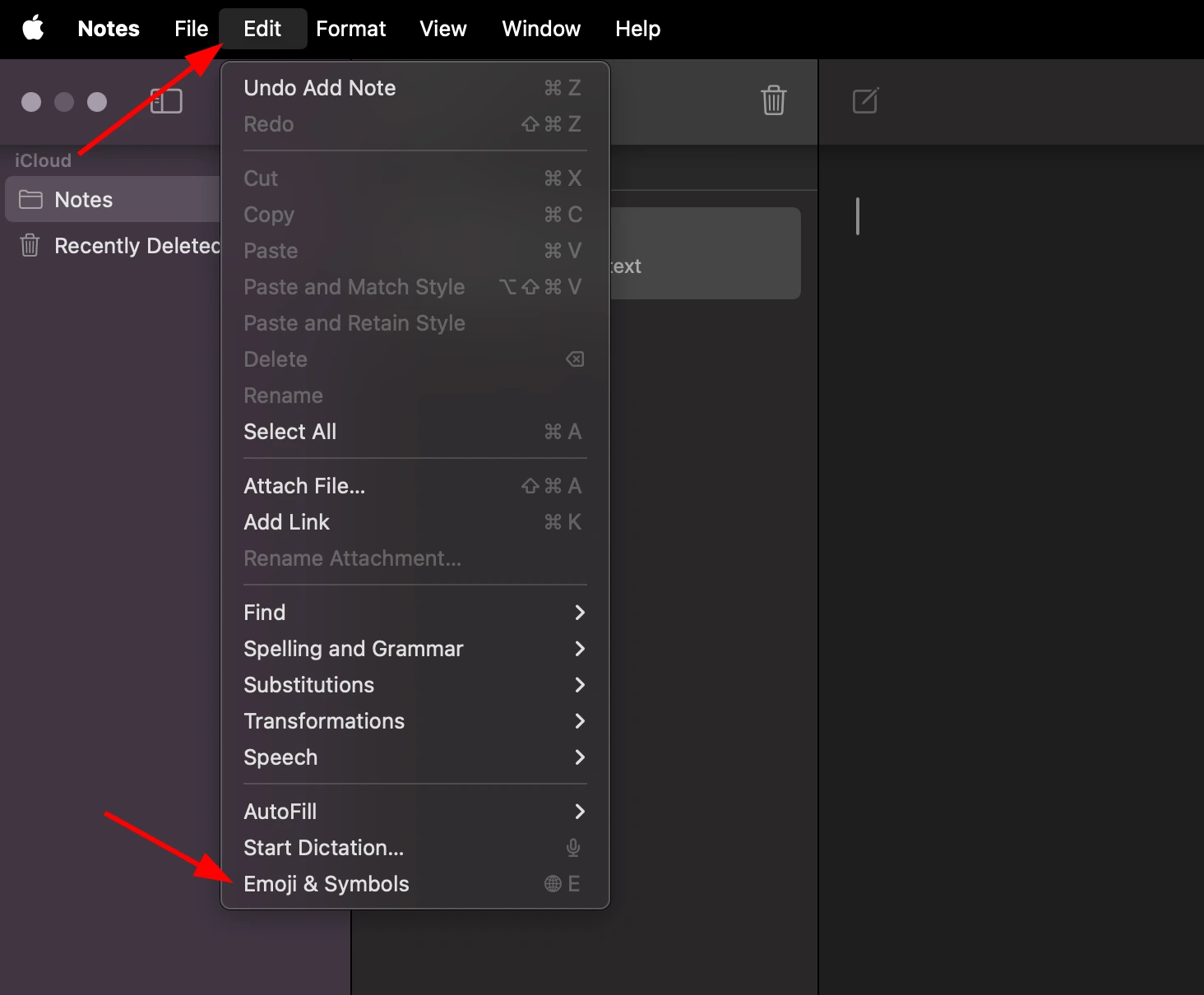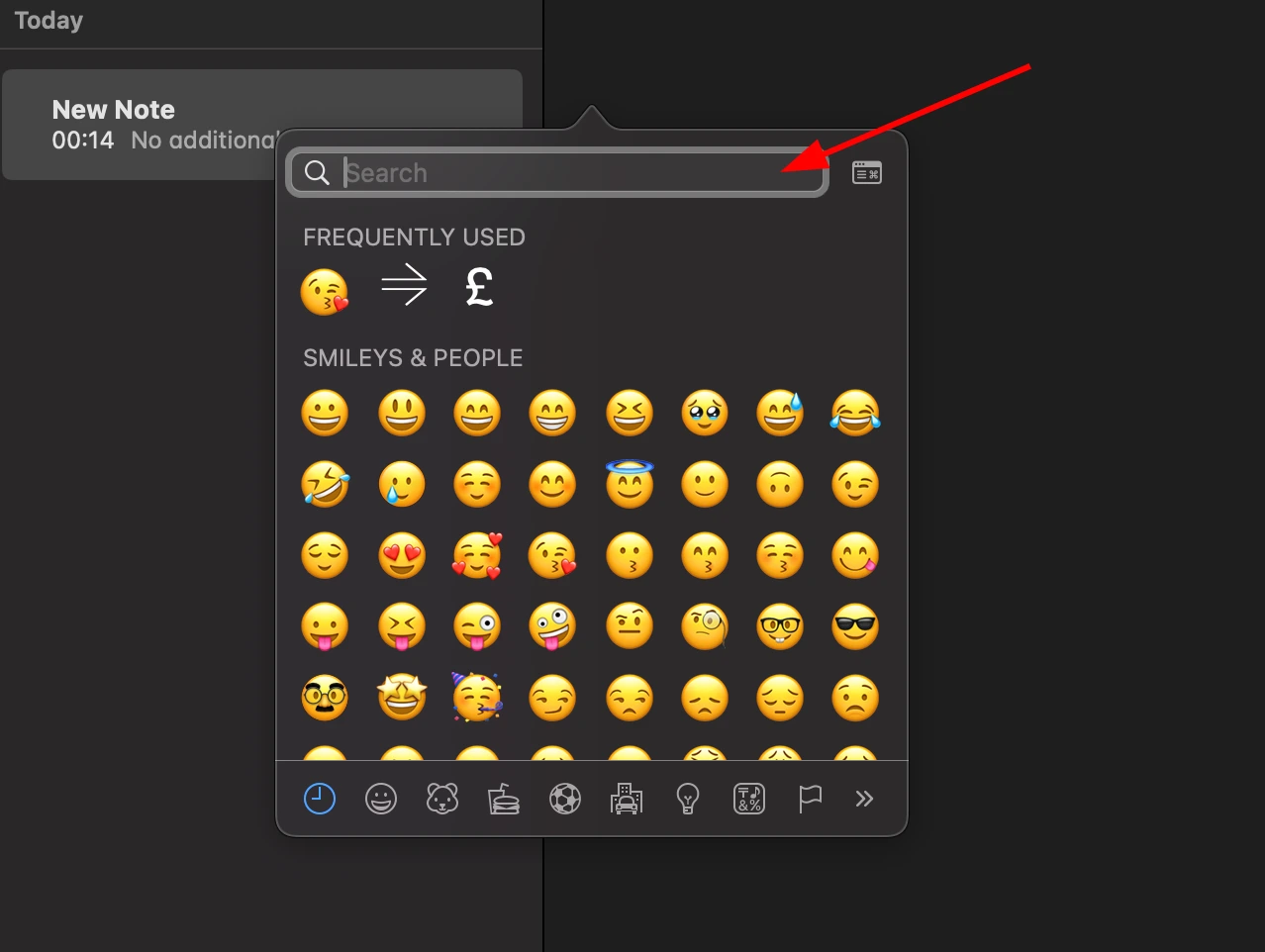Music Sharp Sign Symbol ♯
A distinct set of symbols and notations are used to express melody and harmony in the complex language of music. Among these, the sharp sign is an essential component that is frequently regarded as a tiny but powerful symbol that modifies musical notes. The music sharp sign is examined in this article along with its history, function in notation, and contribution to the richness of musical expression.
Origins of the Sharp Sign
The development of musical notation is intricately entwined with the history of the sharp sign. Its origins can be found in the medieval era, when composers and musicians were working to standardize musical notation. Pitch and rhythm were indicated in those early days by a variety of symbols and characters, which caused confusion and irregularities in scores.
The Renaissance and Baroque periods saw an increase in the sophistication of music notation, which made a standardized system necessary. As a result, the sharp sign a symbol for a note that should be played one half step higher than its natural pitch was created.
Understanding the Sharp Sign
A tiny, slanted diagonal line (#) is used to represent the sharp sign in modern music notation. It indicates that a note on the staff should be played half a step higher than its natural pitch when it is placed in front of the note. This change in pitch has a big effect on a composition's overall sound and harmony, but it has no effect on the note's duration or any other musical element.
Common Uses of the Sharp Sign
In the fields of composition, performance, and theory of music, the sharp sign has numerous important uses. Here are a few typical uses for it:
- Key Signatures: Usually found at the start of a musical piece, key signatures contain the sharp sign. Key signatures help preserve consistency in composition by indicating which notes should be played as sharps at different points in the piece.
- Accidentals: In music, accidentals are brief shifts in a note's inherent pitch that occur within a composition. A sharp note should be played for the duration of the measure in which it appears, according to the sharp sign, which can be used as an accidental.
- Melodic Expression: Sharp signs are used by composers to produce complex harmonies and melodies. They can create complex and emotive musical passages that elicit a variety of emotions by introducing sharp notes.
- Performance: When interpreting a composer's intentions, musicians rely on the sharp sign. To improve the performance as a whole, they must modify their playing to play sharp notes at the proper pitch.
A crucial component of Western music notation, the music sharp sign enables musicians and composers to precisely convey intricate melodies and harmonies. It has a long history that dates back to the earliest days of musical notation, and its significance in contemporary music has not diminished. Understanding the sharp sign is crucial for appreciating the complex language of music notation and the complex and emotional qualities it adds to the world of music, whether you're a composer, performer, or music enthusiast. The sharp symbol is one that includes a
Copy to Clipboard
Music Sharp Sign Symbol Information
| Symbol Name | Music Sharp Sign |
| Unicode Version | 1.1 (June 1993) |
| Unicode | U+266F |
| CSS Code | \266F |
| HTML Entity | ♯ |
| Hex Code | ♯ |
| HTML Code | ♯ |
Music Sharp Sign Symbol Encoding
| UTF-8 | 0xE2 0x99 0xAF |
| UTF-16 | 0x266F |
| UTF-32 | 0x0000266F |
Table of contents
- Music Sharp Sign PNG and SVG files
- How to type music sharp sign on Microsoft Word
- How to type music sharp sign on Microsoft Windows
- How to type music sharp sign on Mac OS
- How to type music sharp sign on Linux
- How to type music sharp sign on IOS and Android
- How to use music sharp sign in CSS
- How to use music sharp sign in HTML
- Music Sharp Sign representation in programming languages
Music Sharp Sign symbol's PNG and SVG files
How to add music sharp sign symbol via keyboard on different Operating systems
You can type the music sharp sign on most modern devices with the help of following methods:
How to type music sharp sign symbol on Microsoft Word
You can type the music sharp sign on microsoft Microsoft Word using steps mentioned below:
- Place your cursor in the text area where you need to insert the symbol and type 2 6 6 F
- Without moving the cursor press keys Alt + x together
- The original 2 6 6 F is now transformed into ♯
How to type music sharp sign symbol on Microsoft Windows
You can type the music sharp sign on Microsoft windows using following steps:
- Hold Alt and press to type music sharp sign on your windows machine.
How to type music sharp sign symbol on Mac OS
You can type the music sharp sign on Mac OS using following steps:
- Place your cursor in the text area where you need to insert the symbol
- Press Ctrl + ⌘ Command + ⎵ Space to bring up the Character Viewer. Alternatively, choose Edit ⇒ Emoji & Symbols
- Type “Music Sharp Sign” in the search field at the top and press Enter
- The symbol should appear. Click on it to insert it into your text


How to type music sharp sign symbol on Linux
You can type the music sharp sign on Linux using following steps:
- Place your cursor in the text area where you need to insert the symbol
- Hold ⇧ Shift + Ctrl and press the letter + U
- Press keys 2 6 6 F consecutively
- And then press ↵ Enter , the desired symbol will be added to your document
How to type music sharp sign symbol on IOS and Android
The easiest way to type the music sharp sign on ios and android is to copy and paste it wherever you need it.
How to use music sharp sign in CSS
span {
content: "\266F";
}
How to type music sharp sign in HTML
<span>♯</span>
Music Sharp Sign symbol representation in programming languages
music sharp sign's representation in different programming languages can be found in table below:
| Language | Representation |
| Rust | \u{266F} |
| Ruby | \u{266F} |
| Python | \u266F |
| PHP | \u{266F} |
| Perl | "\x{266F}" |
| Java | \u266F |
| Modern JavaScript - Since ES6 | \u{266F} |
| JavaScript | \u266F |
| Go | \u266F |
| C# | \u266F |
| C and C++ | \u266F |
| Bash and Zsh - inside echo -e | \u266F |
| RFC 5137 | \u'266F' |
